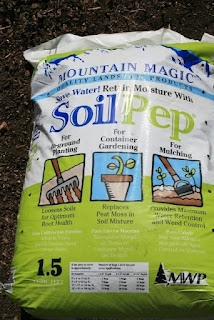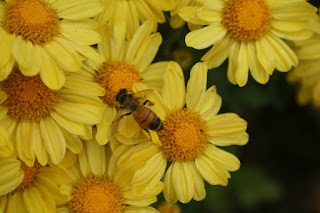Garlic is a member of the allium family, which includes leeks, shallots and onions. There many different varieties of garlic, all of which fall into three general categories: Softneck, Hardneck and Elephant garlic. Softneck garlic is the kind you will generally find in the grocery store. Softneck garlic has a flexible stalk which can be braided.
Hardneck garlics also have a stalk (called a scape) which coils at the top. If left to mature, the hardneck varieties will produce a flower which is actually a number of small, edible bulbs. Hardnecks dry to a hard stem, hence the name. As a group, they generally have a deeper, richer flavor than softneck varieties do, but they don’t store as well as softnecks. Elephant garlic is the largest garlic. It is easy to peel, has a long shelf life and a mild, sweet flavor.
Because garlic needs vernalization (a stretch of cold weather) fall is the best time to plant. Start with a good, quality bulb. Break the bulb, called “cracking” into individual cloves. Each clove will produce its own plant, containing 6-8 cloves per bulb. Garlic likes sun and well-drained soils, so incorporate a good soil amendment such as Earth Essentials Sheep, Peat and Compost into your planting site. This organic soil is produced locally. Add some organic fertilizer to the planting site, to encourage rooting.
Plant each clove about 2” deep, pointy end up and spaced about 6” apart. Like other spring flowering bulbs, garlic planted now will set roots and start to grow. As the soil temperature cools down, growth stops and the bulb remains dormant until it's warm enough in the spring to resume growing. Garlic can be mulched in winter, after the ground freezes. Adding mulch will hold in moisture and keep the ground stable. Garlic planted in October is usually ready for harvest the next July. When the leaves are one-third to one-half brown, it's time to dig your garlic, using a garden fork to lift each bulb. Growing garlic in your own garden is easy and it gives you the opportunity to try varieties you might not find in the store, such as Killarney Red, California, Spanish Roja and Harvest Blend.
















